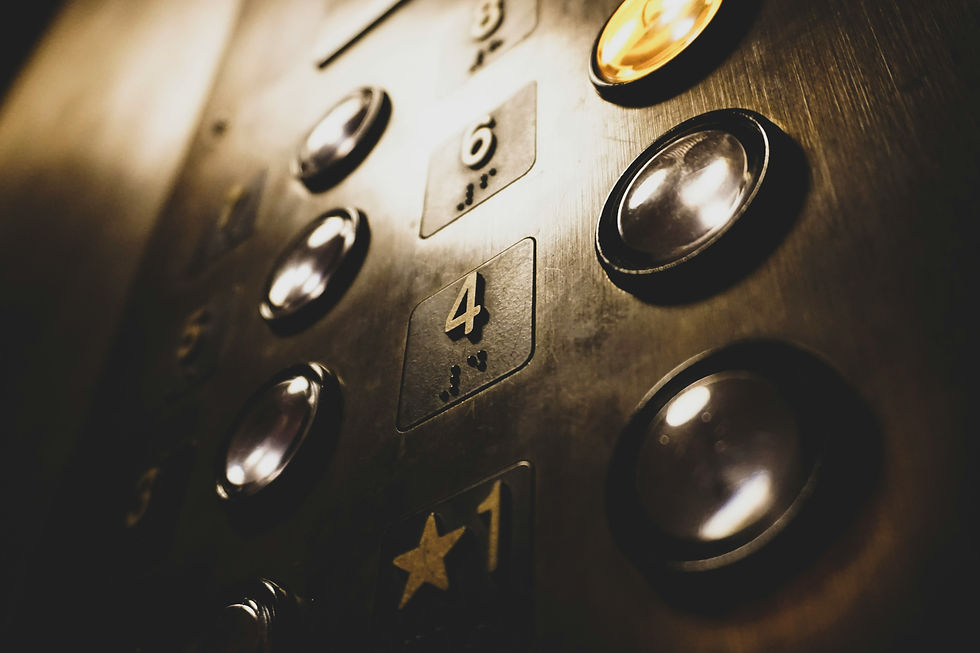The Many Types of Elevators:
- vsaconsulting
- Sep 15, 2024
- 2 min read
A Select List:
There are several types of elevators, each with its own distinct use. The development of the elevator is regarded as one of the most impactful innovations in human history. The earliest forms of elevators emerged in the Middle Ages and have since evolved into various models that are commonly used today.
Hoist Elevators: The first hoists were introduced in the 3rd century B.C. In ancient designs, these hoists were powered by humans, water, or animals. These early illustrations suggest a mechanism using ropes and pulleys to lift heavy objects like stones or timber, crucial for construction. Without these hoists, many ancient structures and monuments would not have been built.
Steam Hydraulic Elevators: Following the hoist elevators, steam-powered hydraulic systems were the next major development. Invented during the Industrial Revolution, these elevators were created to lift heavy materials from mines and factories. English architects Frost and Stutt are credited with developing the "Teagle," a steam-powered elevator that used counterweights for added power. These steam elevators eventually led to the creation of the elevator shaft, a critical component of the modern elevator.
Motor Elevators: With the invention of electricity by Edison, elevators soon transitioned to being powered by motors. In 1880, German inventor Werner von Siemens created the first electric elevator, which was faster, safer, and more efficient than the steam-powered ones. Frank Sprague later introduced floor and acceleration control, along with important safety features that remain integral to modern elevators.
Different types of elevators are available depending on the task at hand. Knowing the capabilities of each type can help you select the right one for your needs. Some common types of elevators include:

Freight Elevators
Specifically designed for transporting heavy goods rather than people. They are built to handle larger weights and have reinforced construction.
Dumbwaiters
Smaller elevators used for transporting goods, such as food or documents, between floors. They are commonly found in restaurants or large homes.
Passenger Elevators
These are standard elevators designed to carry people between floors. They come in various sizes and designs, depending on the building's needs.
Service Elevators
Similar to freight elevators but designed to transport both goods and maintenance personnel. They are typically found in commercial buildings.
Observation Elevators
These are typically found in high-rise buildings or tourist attractions. They have glass walls, allowing passengers to observe the outside as they move between floors.
Each type of elevator is chosen based on the building’s height, usage needs, and architectural design.
Get in touch with us today. We would be delighted to help you with your elevator project. Vertical Systems Analysis is an Elevator Consulting Company headquartered in New York City. Visit our website, https://www.vsaconsulting.com.



Comments